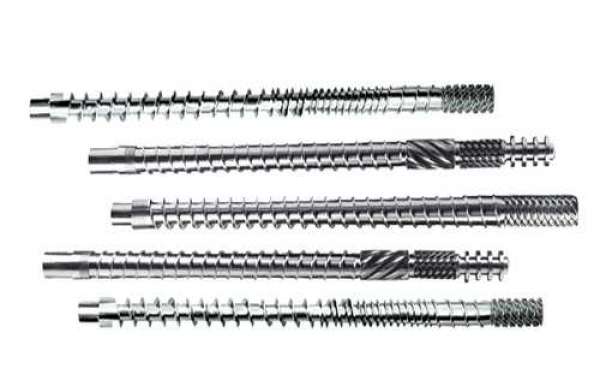Use conditions and methods of Extrusion Screw Barrel
1. Heating method of extruder screw and barrel
Machine heaters are widely used for resistance heating, and thermocouples are used to achieve segmented temperature control and detection. Resistance heating is the use of resistance to generate heat to the barrel, and then transfer the heat to the plastic. The method mainly includes strip heaters, cast aluminum heaters, ceramic heaters, etc., and has the advantages of small size, easy manufacturing and maintenance.
2. Temperature range of extruder screw and barrel
According to the different plasticizing state of the material along the screw axis, the screw and barrel must be heated in sections to help improve the plasticizing capacity and make the temperature distribution of the extruder barrel meet the process requirements. Generally, (3-5) Ds (that is, screw diameter) is used as the heating temperature control section. The heating temperature control fluctuation range generally does not exceed 5°C, and for heat-sensitive plastics, the temperature control does not exceed 2°C.
3. Heating power of extruder screw and barrel
When determining the heating power of the screw and barrel of the extruder, in addition to meeting the heat required for plasticization, it must also meet the requirements of productivity and ensure that the barrel has a sufficiently fast heating rate. The heating time of the machine is less than 30 minutes for small machines, and about 1 hour for large and medium machines.
4. Cooling of extruder screw and barrel
The cylinder cooling channel is designed with a heat exchanger and a large stainless steel water tank. The cooling system should use softened water. Then, the water flow in and out of the channel is controlled by the solenoid valve to achieve the cooling effect.
Bimetallic Screw Barrel is actually the same. They are all the same in terms of use. Pay attention to the conditions of use.








